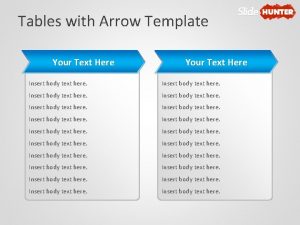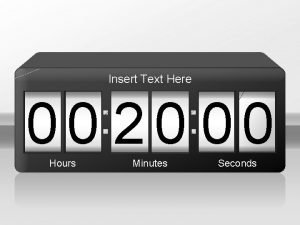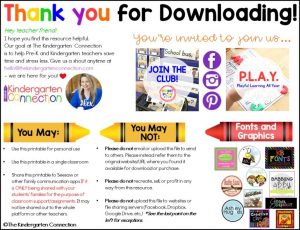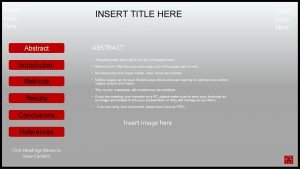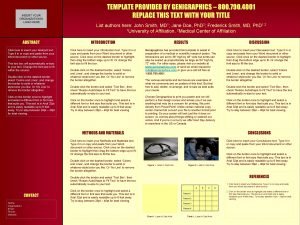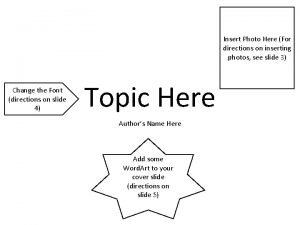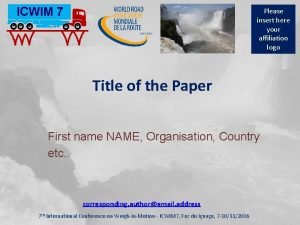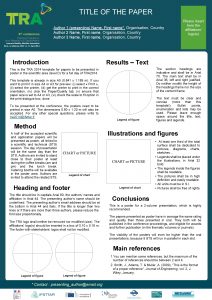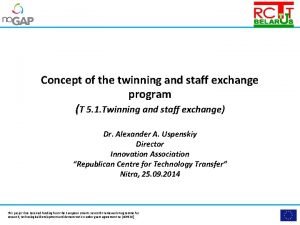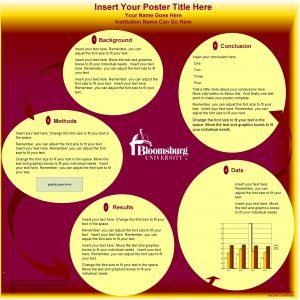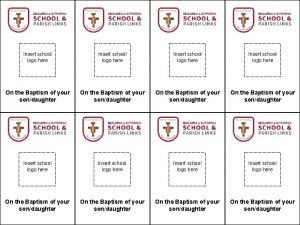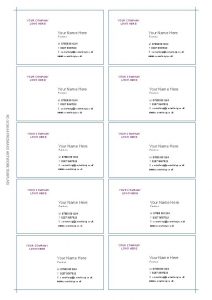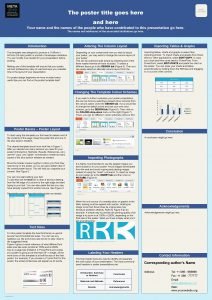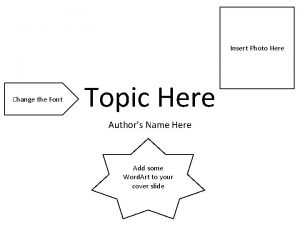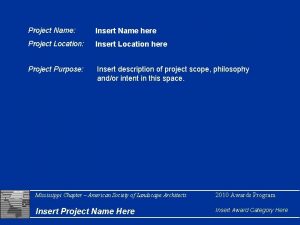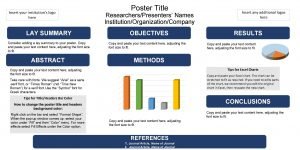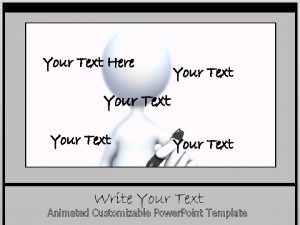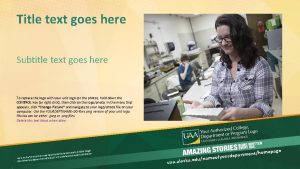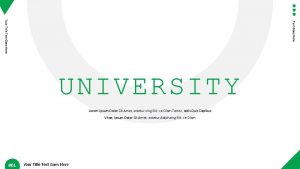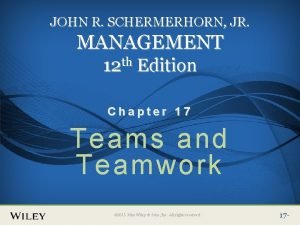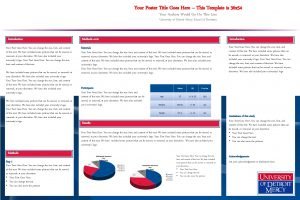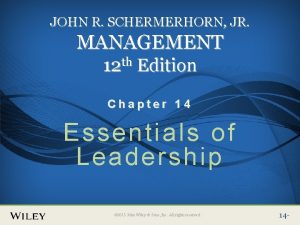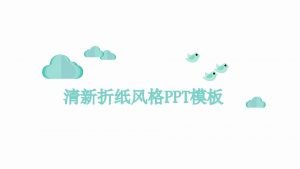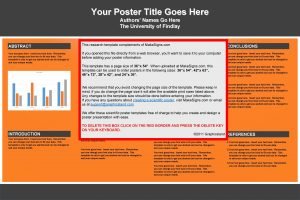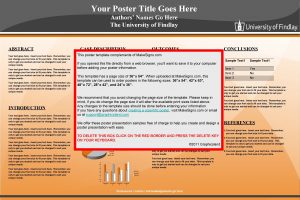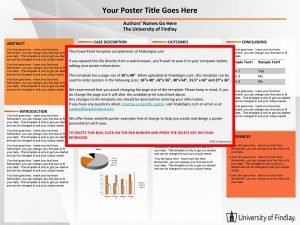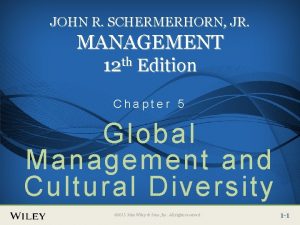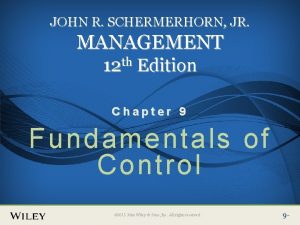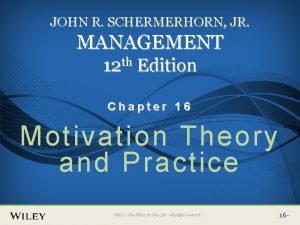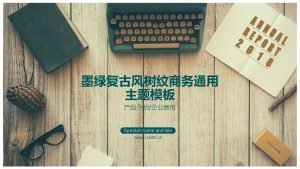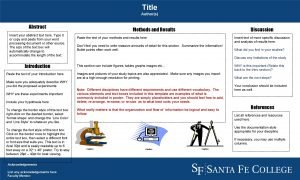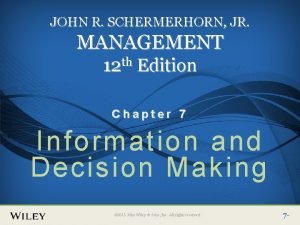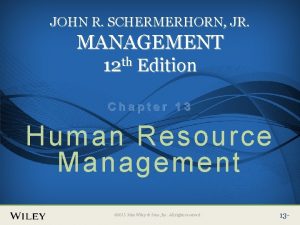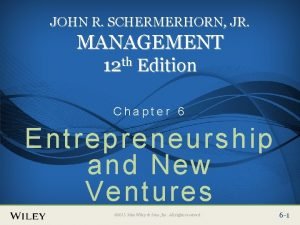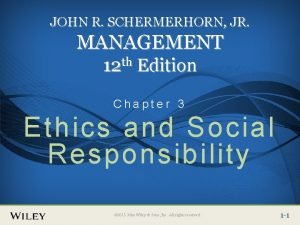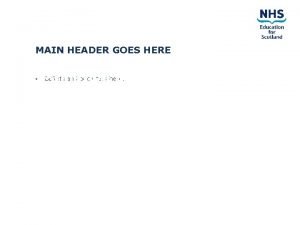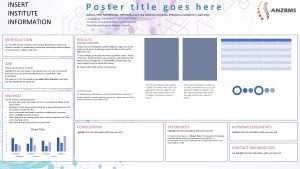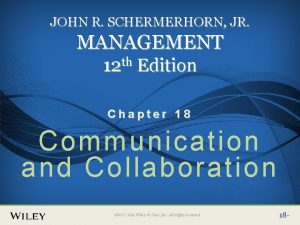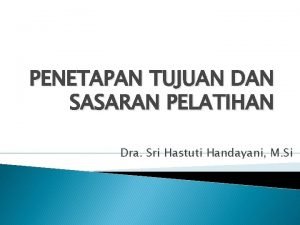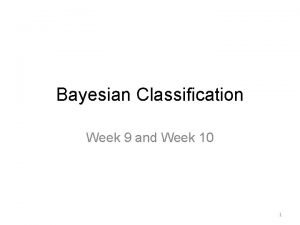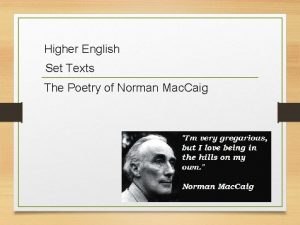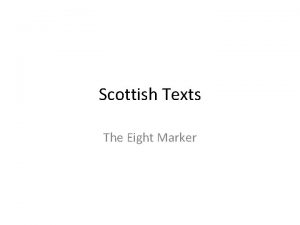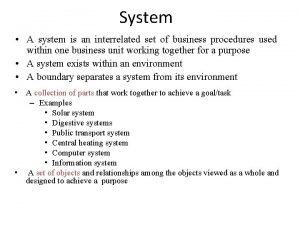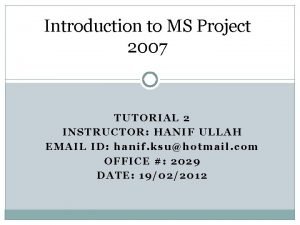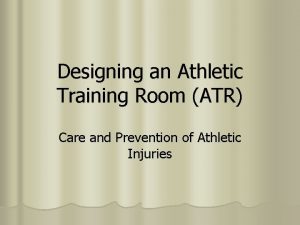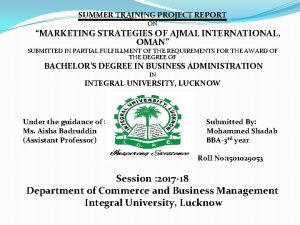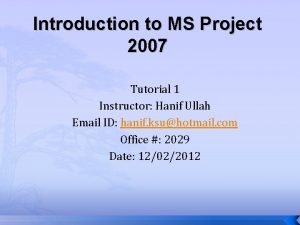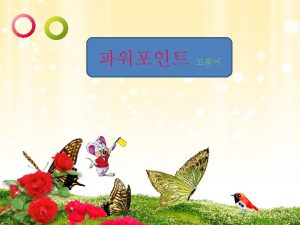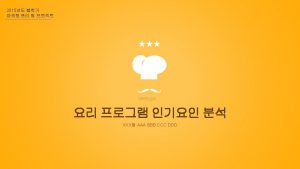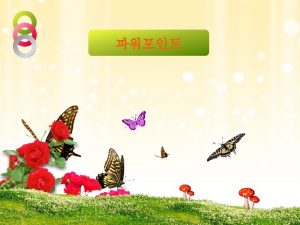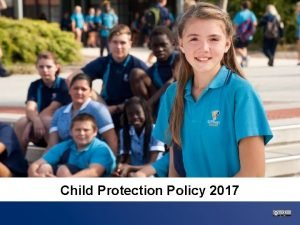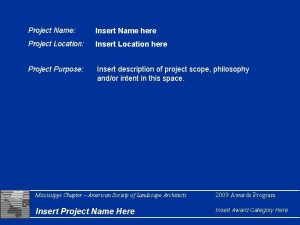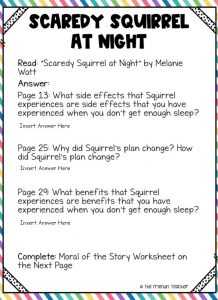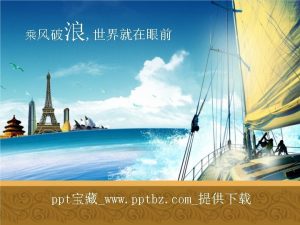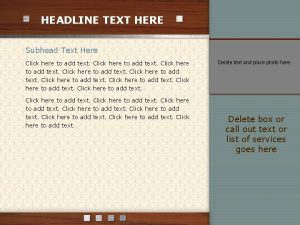Text Set Project Training Insert location here Insert
![Text Set Project Training [Insert location here] [Insert date here] Text Set Project Training [Insert location here] [Insert date here]](https://slidetodoc.com/presentation_image_h/a9981185ff669a885d65ddb8ec74883b/image-1.jpg)


















































































- Slides: 83
![Text Set Project Training Insert location here Insert date here Text Set Project Training [Insert location here] [Insert date here]](https://slidetodoc.com/presentation_image_h/a9981185ff669a885d65ddb8ec74883b/image-1.jpg)
Text Set Project Training [Insert location here] [Insert date here]

Essential Questions How can we design and integrate expert packs* into curriculum to build student vocabulary, knowledge, and capacity to read independently? What else do we need to learn and do for this work to be as powerful as possible for children? *expert packs are text sets designed to be as much as possible student-directed experiences. PAGE 2

Goals of the Project • Address the need for developing a robust knowledge base for students via a volume of student reading – Standard 10 • Collaborate and create needed resources • Create opportunity for publishers and educators to collaborate • Throw a spotlight on the vital role librarians play in CCSS • Investigate how to best include expert pack resources into literacy instruction PAGE 3

Outcomes • Develop a bank of expert packs to be available on Edmodo and www. achievethecore. org • Collect evidence of how expert packs are used and useful • Increase student vocabulary, knowledge, and capacity to read increasingly complex grade-level text PAGE 4

Essential Work • Understanding text sets come in many forms • Learning how to develop strong collections of text set materials • Figuring out minimum instructional supports to promote student self-sufficiency • Developing a sense of how to employ text sets within the curriculum PAGE 5

Text Set Project on Edmodo • Make a teacher account at www. edmodo. com • On the left side of home screen, it will say “Groups” under your name and picture. Click on the + next to “Groups” and choose “Join”. • Type in the group code: sma 265 • From your home screen, you should now see “Text Set Project” listed under “Groups”. Click on this tab. • Choose “Folders” from the left side of your screen. PAGE 6

Why Text Sets? David Liben and Silas Kulkarni dliben@studentsachieve. net mliben@studentsachieve. net www. achievethecore. org

Five Essential Studies • Hernandez 2011, “Double Jeopardy” • Lesnick et al 2010, “Reading on Grade Level in Third Grade: How Is it Related to High School Performance and College Enrollment? ” • Fletcher and Lyon 1998, 74% of 3 rd graders who read poorly will still be struggling in 9 th grade. • Snow et al 1998, “A person who is not at least a modestly skilled reader by the end of third grade is quite unlikely to graduate from high school. ” • Juel 1988, 1 st grade reading scores are a “reliable predictor of later reading scores. ” PAGE 8

Why? • How is it that tests so early can predict results so many years later? • What are we doing in schools that might be perpetuating these trends? • What are we not doing in schools that might be perpetuating these trends? • Why does the gap between struggling and proficient readers increase the longer they are in school? PAGE 9

What are not the causes? • Lack of critical thinking • Failure to know or use comprehension strategies • Failure to master the standards PAGE 10

Quick Quiz: Which is harder?

Question 1: Literal Meaning Low on Bloom’s Taxonomy Restate the following sentence in your own words: “The former render possible theoretical cognition according to principles a priori; the latter in respect of this theoretical cognition only supplies in itself a negative principle (that of mere contrast), but on the other hand it furnishes fundamental propositions which extend the sphere of the determination of the will and are therefore called practical. ” PAGE 12

Question 2: Synthesis High on Bloom’s Taxonomy Read the following passage, then write a letter to the editor defending the moral values the main character displays with regard to animals. • “Where's Papa going with that ax? " said Fern to her mother as they were setting the table for breakfast. • "Out to the hoghouse, " replied Mrs. Arable. "Some pigs were born last night. “ (contd. ) PAGE 13

• "I don't see why he needs an ax, " continued Fern, who was only eight. • "Well, " said her mother, "one of the pigs is a runt. It's very small and weak, and it will never amount to anything. So your father has decided to do away with it. ” • "Do away with it? " shrieked Fern. "You mean kill it? Just because it's smaller than the others? " PAGE 14

• Which question was easier? • Why? • Would a lesson (or a whole week of lessons) on “finding main idea” or “making inferences” help you to answer question 1? PAGE 15

If critical thinking, strategies and standards are not the causes… PAGE 16

What are the causes? • Vocabulary: Failure to grow sufficient vocabulary • Knowledge: Failure to develop wide background knowledge • Fluency: Failure to become a fluent reader PAGE 17

Importance of Vocabulary • Nearly a century of research (Whipple 1925, NAEP 2013) • Feature of complex text that likely causes greatest difficulty (Nelson et al 2012) • Having to determine the meaning of too many words slows readers up; problem gets much worse with complex text • Not knowing words on the page is debilitating • “ 30 Million Word Gap” • After much research… PAGE 18

Academic Vocabulary SBAC and PARCC Sample Items - Grade 3 only • • • Unfortunate Filtered Scarred Scuffs Fraying Seams Overlooked Spouting Blossom • • • Bank (as in river) Pitch (as in sound) Nifty Pose Tender Scorched Scaly Nutrients Crops Spouting PAGE 19

Importance of Knowledge • Similar history of research (Kintsch 1998, most of John Guthrie's work, Adams 2009…) • Makes sense as knowledge of words and knowledge of the world go together • Take a look at SBAC and PARCC PAGE 20

Topics and References in Third Grade SBAC and PARCC Sample Tests Babe Ruth Smithsonian Alaska Native peoples Japan & Japanese art National Geographic Society • Indonesia • Animal communication • U. S. Congress • • • • Animal mating Gills Animal traits Vertebrate Amphibian Larva Pupa Lifecycle Mammals Mass-produced PAGE 21

Everyone knows knowledge plays a role in comprehension, but how big of a role? PAGE 22

“The Baseball Study, ” Recht & Leslie (1988) PAGE 23

“The Baseball Study, ” Recht & Leslie (1988) • Compared reading comprehension for four categories of students: High reading ability High knowledge of Low knowledge of baseball Low reading ability High knowledge of Low knowledge of baseball PAGE 24

Measure of Comprehension 100% 90% 80% 70% 60% 50% 40% 30% 20% 10% 0% high reading low reading ability & high ability & low knowledge PAGE 25

Quantitative Measure of Comprehension 100% 90% 80% 70% 60% 50% 40% 30% 20% 10% 0% high reading low reading ability & high ability & low knowledge PAGE 26

Errors in Comprehension 4 3. 5 3 2. 5 2 1. 5 1 0. 5 0 high reading low reading ability & high ability & low knowledge PAGE 27

Findings • Knowledge of the topic had a MUCH bigger impact on comprehension than generalized reading ability did. (pg. 18) • With sufficient prior knowledge, “low ability” students performed similarly to higher ability students. (pg. 19) The difference in their performance was not statistically significant. PAGE 28

A student doesn’t have ONE level. Each student has MANY LEVELS depending on topic & knowledge. PAGE 29

Illustration: PARCC Redacted

Imagine what it’s like to be a student with vocabulary and knowledge deficits… …on test day. PAGE 31

PAGE 32

PAGE 33

PAGE 34

Ready to give up yet? PAGE 35

What words or topics might be “blacked out” for our least knowledgeable readers? PAGE 36

PAGE 37

When she was twenty-six, Eliza bought tickets to faraway Alaska. Few tourists had ever been there. Eliza wrote reports for the newspapers back home. She loved sharing the fascinating things she saw, such as huge glaciers, spouting whales, and the native people. Eliza even wrote a book – the first guidebook about Alaska. When Eliza went back to Washington, it wasn’t long before she started thinking about traveling again. She decided to visit her older brother, who was working in Japan. Eliza sailed across the ocean. PAGE 38

In Japan she rode on trains, carriages, and bumpy rickshaws. She climbed mountains, ate strange foods, and visited ancient temples. Everything was so different! She studied Japanese art and learned to speak Japanese. She fell in love with Japan and its people. Eliza especially loved Japanese gardens. Eliza’s favorite plants, by far were the Japanese cherry trees. Eliza called them “the most beautiful thing in the world. ” Thousands of the trees were planted in parks and along the riverbanks. When they bloomed, the trees became clouds of pink blossoms. As the petals drifted down, it was like pink snowfall. The Japanese people loved the cherry trees as their national symbol. Crowds gathered for picnics under the trees. People wrote poems and painted pictures to honor those sakura. PAGE 39

When Eliza came back home, she wrote a book about Japan. She wanted to share her love of Japan with other Americans. She wanted the nations of Japan and America to be friends. Even though she was always thinking about her next journey, Eliza loved coming home to Washington, D. C. She was proud of America’s growing capital and wanted it to look as beautiful as any city in the world. She thought about the muddy land from a recent construction project in the swampy area around the riverbank. Eliza had a wonderful idea. She remembered the beautiful cherry trees in Japan. She thought, “That’s what Washington needs!” PAGE 40

Eliza told the man in charge of the Washington parks about the wonderful cherry trees. She showed him photographs that she had taken. She told him about her plan to plant hundreds of cherry trees down by the water. He said no. He believed they didn’t need any different kind of tree in Washington. But Eliza knew that sometimes when you have a good idea, you have to keep trying. So she waited. When a new parks man was hired, she told him about her good idea. He, too, said no. PAGE 41

Eliza kept traveling. She also met with friends who loved to travel. Some of these friends had started the National Geographic Society. The society was for people who wanted to learn more about the world. Eliza was the first woman to have an important job there, and she helped the society grow. She wrote many articles and books. Eliza made more trips to Japan, Alaska, and Europe and she explored India, China, Russia, and Java, an island of Indonesia. Eliza also became a photographer. Not many women did that, either. She took pictures for the Smithsonian Institution and recorded people and places that Americans had never seen. PAGE 42

We owe our students a better experience reading than this. We have to help them get the vocabulary and knowledge of the world they need to be able to read complex text. PAGE 43

What To Do About Vocabulary and Knowledge “Building knowledge systematically in English language arts is like giving children various pieces of a puzzle in each grade that, over time, will form one big picture…” PAGE 44

Letter from a Principal “ We continue to struggle with the gaps in vocabulary development and background knowledge when students engage in close reading of a complex passage. We continue to model and assist students navigating through complex informational and fictional text, and hope that the efforts will help them carry skills to the next piece of text they encounter. ” PAGE 45

Close reading alone is NOT enough! In fact, done alone, it can INCREASE the GAP. PAGE 46

Let’s compare and contrast these two equally crucial components in an effective reading program, to see how they differ and each perform a uniquely valuable role. PAGE 47

Close Reading Volume of Reading Fewer pages More pages Grade-level complex text Text at different levels of complexity All students same text Student or teacher choice of text Teaches students to attend to text and to words Rapidly builds knowledge & vocab PAGE 48

Close Reading Volume of Reading Heavy support Light support Solely instructional Guided or Independent Exposes students to higher-level content Builds knowledge of words, and the world Gives all students access Builds love of reading PAGE 49

Now that we are starting to put together the pieces, let’s focus in on volume of reading. PAGE 50

• Students cannot build knowledge and vocabulary without a high volume of reading. • Most words are learned through reading or being read to. • Building knowledge helps level the playing field for students. PAGE 51

Not all high-volume reading is equally effective • Research by Landauer and Dumais into vocabulary acquisition shows that students acquire vocabulary up to four times faster when they read a series of related texts. • Reading a number of texts within a topic grows knowledge and vocabulary far faster than any other approach PAGE 52

When in the School Day Can These Text Sets Be Used? • Social Studies • Science • Guided Reading • Homework/Classwork PAGE 53

On to The Text Set Project! PAGE 54

Help with Vocabulary Instruction Vocabulary and The Common Core by David Liben (research and practical exercises) http: //achievethecore. org/page/974/vocabulary-and -the-common-core PAGE 55

Help with Guided Reading ‘Both, And’ paper by David & Meredith Liben http: //bit. ly/1 o. WZ 7 ai PAGE 56

On to the Text Set Project!

What is an Expert Pack? Model Expert Pack: Earth’s Precious Resource

Text Sets Discuss with your colleagues: what do you know about text sets? PAGE 59

Expert Packs: The Specs 1. Collection of resources organized for students to build knowledge about a specific topic 2. Glossary of terms to help students access challenging vocabulary 3. Suggested activities to help students capture and express their learning PAGE 60

1. Resources • Variety of resources • Sequenced to create a coherent and gradual learning process • Generally beginning with lower reading levels (quantitative and qualitative measures) and moving to more complex levels • Support students’ ability to read the next selection (mostly) independently • Students become ‘experts’ on the topic PAGE 61

Earth’s Precious Resource Suggested Sequence 1. “For the World’s Poor, Drinking Water Can Kill” 2. “Millions Lack Safe Water” 3. “The Water Cycle” 4. “Water, Everywhere!” 5. Hydrology: The Study of Water 6. A Drop Around the World 7. “Researchers Discover Huge Underground Water Reserve in Africa” 8. “What is Your Water Footprint? ” PAGE 62

2. Glossary of Terms • Help students access challenging vocabulary • Which words? – Tier 2 (academic vocabulary) • Essential to text • Likely to appear in future texts – Tier 3 (domain-specific) • Key terms essential to understanding the text • May also be defined in the text (footnote, text box, etc. ) PAGE 63

Earth’s Precious Resource PAGE 64

3. Suggested Activities • Learning Worth Remembering • Student accountability – Is this work worth doing? • “Light-touch approach” for teachers and students. Can this be done with ease and (mostly) independence? PAGE 65

Earth’s Precious Resource PAGE 66

You Try! Earth’s Precious Resource 1. Skim through the resources. Follow the suggested sequence. 2. Use the glossary. 3. Try one activity from the Learning Worth Remembering activities. 4. Be prepared to discuss: – What will students learn from this Expert Pack? – How will students learn from this Expert Pack? PAGE 67

“The intuitive mind is a sacred gift and the rational mind is a faithful servant. We have created a society that honors the servant and has forgotten the gift. ” - Albert Einstein PAGE 68

Text Set Project on Edmodo • Make a teacher account at www. edmodo. com • On the left side of home screen, it will say “Groups” under your name and picture. Click on the + next to “Groups” and choose “Join”. • Type in the group code: sma 265 • From your home screen, you should now see “Text Set Project” listed under “Groups”. Click on this tab. • Choose “Folders” from the left side of your screen. PAGE 69

How Can Expert Packs Be Used? Pilot Project Tips: Earth’s Precious Resource

PAGE 71

Inquiry • How can we design and integrate expert packs into curriculum to build student vocabulary, knowledge and capacity to read independently? PAGE 72

The Pilot Project: Earth’s Precious Resource • 7 classes – Nevada and Vermont • Range of student abilities PAGE 73

Text Set Project Panel (see video) PAGE 74

Group Discussion • Consider the ideas listed on the notetaker and the thoughts presented by the panelists. • How could you use text sets in your setting? Be ready to share some ideas from your table. PAGE 75

Management “Now that the routines are set, if there was another set to do with this same class, I think they would have a lot more independence. ” PAGE 76

Students • “There are these little tiny bugs called microbes. The water is crystal clear, so he may not know it is polluted. ” • “I went home and got on water. org last night. ” • “I remember from the last article people are doing things to prevent more people dying like building wells. ” PAGE 77

Sample Student Work PAGE 78

PAGE 79

Sample Student Work Use only 8 words to take notes; it has to be in your own words. • Hydrologists study runoff and overflow to warn people of floods. • People build aqueducts to get water to people. • Throughout history, hydrologists found ways to control water. PAGE 80

Sample work PAGE 81

Pun PAGE 82

Resources • All of the resources and reflections collected during the pilot project are available in the folders on Edmodo. • Cschmidt@studentsachieve. net PAGE 83
 Training set validation set test set
Training set validation set test set Insert your text here
Insert your text here Insert your text here
Insert your text here Add your text here
Add your text here Text to text text to self text to world
Text to text text to self text to world Total set awareness set consideration set
Total set awareness set consideration set Insert logo here
Insert logo here Insert logo here
Insert logo here Insert pic here
Insert pic here Insert photo here
Insert photo here Voice brand name
Voice brand name Please insert here meme
Please insert here meme Type name here
Type name here Please insert here
Please insert here Please insert here
Please insert here Name goes here
Name goes here Insert logo here
Insert logo here Insert picture here
Insert picture here Insert logo here
Insert logo here Insert logo here
Insert logo here By name title
By name title Numberblocks font
Numberblocks font Insert logo here
Insert logo here Insert your name here
Insert your name here Insert logo here
Insert logo here Insert headshot here
Insert headshot here Insert logo here
Insert logo here There's a place where mercy reigns
There's a place where mercy reigns A cross country skier moves from location a to location b
A cross country skier moves from location a to location b Location cost volume analysis
Location cost volume analysis Bounded set vs centered set
Bounded set vs centered set Crisp set vs fuzzy set
Crisp set vs fuzzy set Crisp set vs fuzzy set
Crisp set vs fuzzy set Crisp set vs fuzzy set
Crisp set vs fuzzy set What is the overlap of data set 1 and data set 2?
What is the overlap of data set 1 and data set 2? Surjective vs injective
Surjective vs injective ℰ??ℳ?ℒℰ, ???ℛ ?ℰ?? ℋℰℛℰ
ℰ??ℳ?ℒℰ, ???ℛ ?ℰ?? ℋℰℛℰ Title text goes here
Title text goes here Title text goes here
Title text goes here Click here to add text
Click here to add text Title text here
Title text here Title text goes here
Title text goes here I stand here ironing theme
I stand here ironing theme Title text here
Title text here Title text here
Title text here Type your title here
Type your title here Your name goes here
Your name goes here Your text goes here
Your text goes here Text goes here
Text goes here Title text here
Title text here Title text here
Title text here Title text here
Title text here Title text here
Title text here Lorem ipsu
Lorem ipsu Type or paste your text here
Type or paste your text here Text goes here
Text goes here What is font
What is font Title text here
Title text here Title text here
Title text here Title text here
Title text here Title text here
Title text here Title text here
Title text here Title text here
Title text here Title text here
Title text here Text goes here
Text goes here Title text goes here
Title text goes here Enter your text here
Enter your text here What is title slide in hindi
What is title slide in hindi Your text here
Your text here Title text here
Title text here Title text here
Title text here Slide todoc.com
Slide todoc.com Development goal setting
Development goal setting Bayes classification
Bayes classification Aunt julia annotated poem
Aunt julia annotated poem The final question
The final question All systems are composed of interrelated
All systems are composed of interrelated Training is expensive without training it is more expensive
Training is expensive without training it is more expensive Metode of the job training
Metode of the job training Aggression replacement training facilitator training
Aggression replacement training facilitator training Microsoft project 2007 tutorial
Microsoft project 2007 tutorial Athletic training room design
Athletic training room design Summer training report on marketing
Summer training report on marketing Microsoft project tutorial 2007
Microsoft project tutorial 2007

